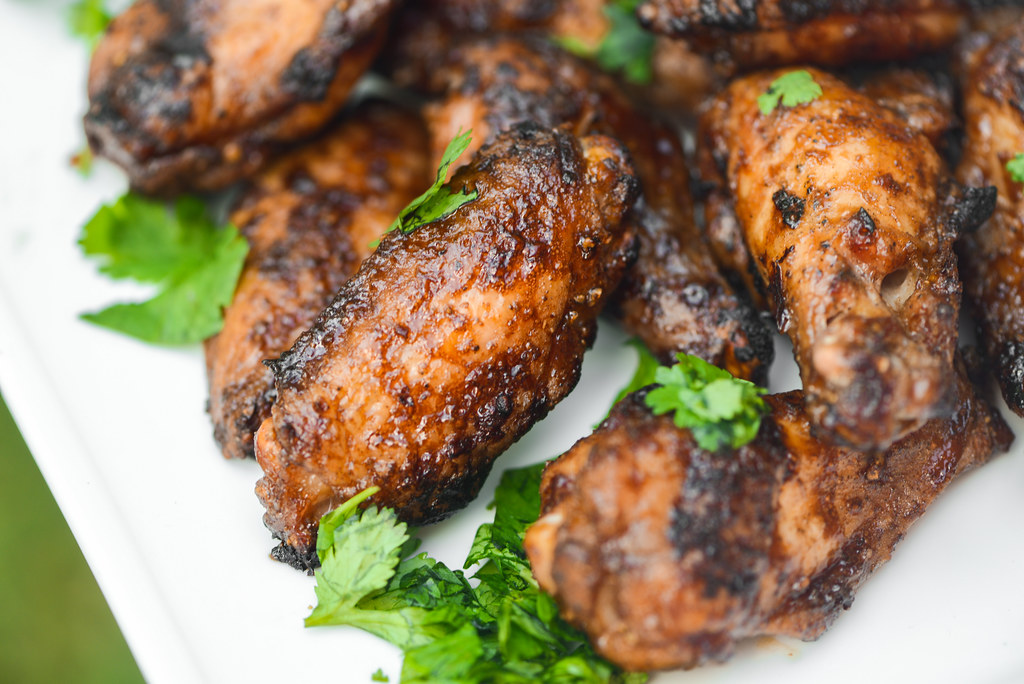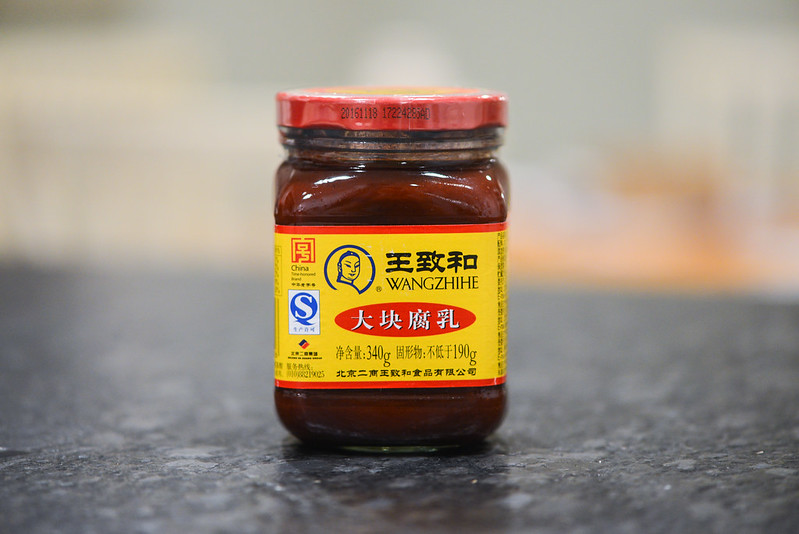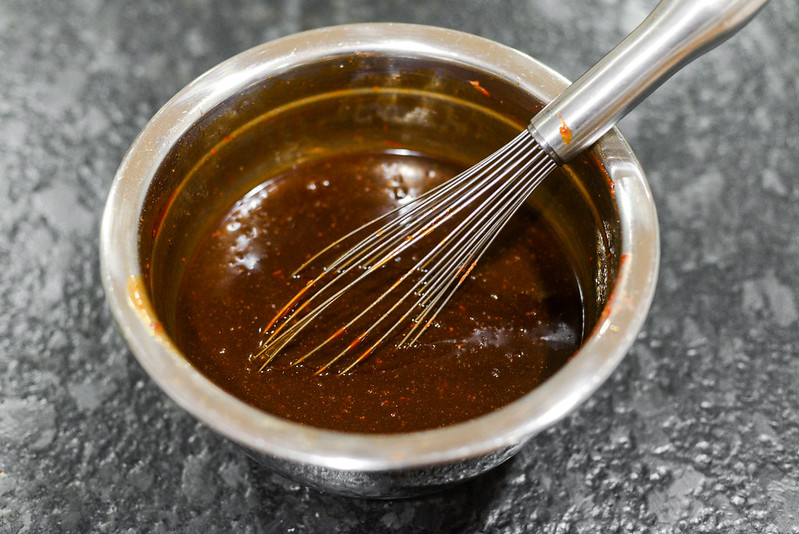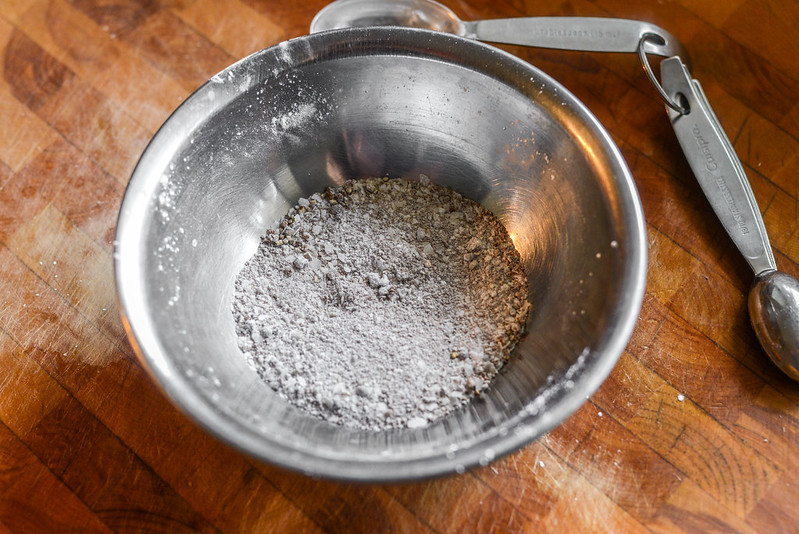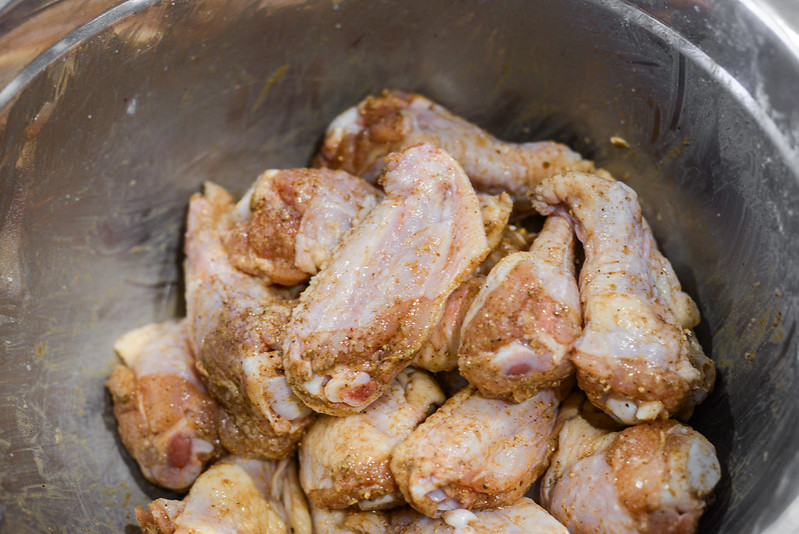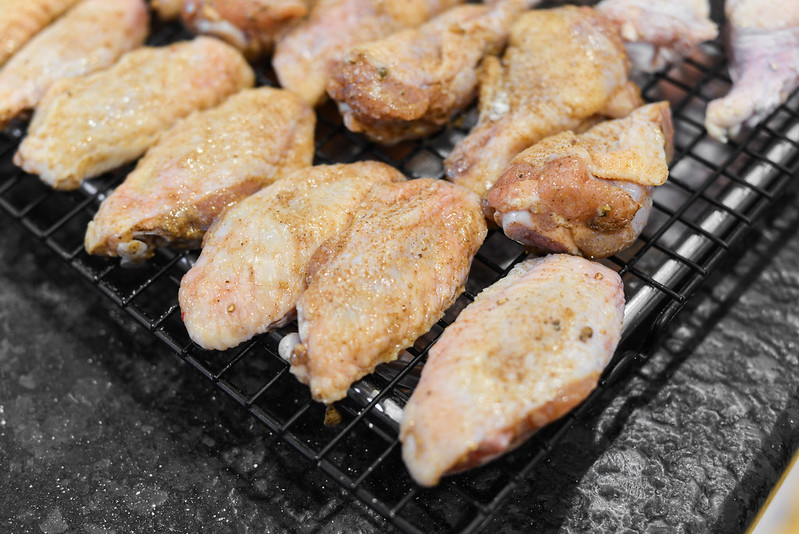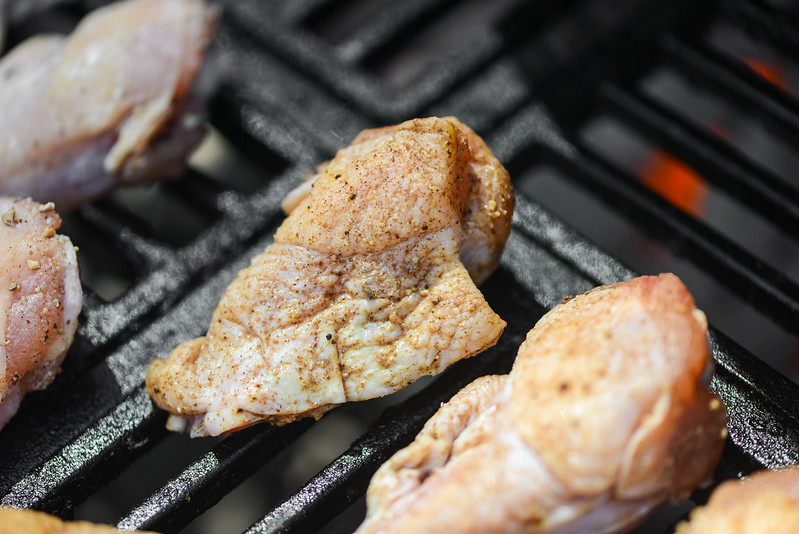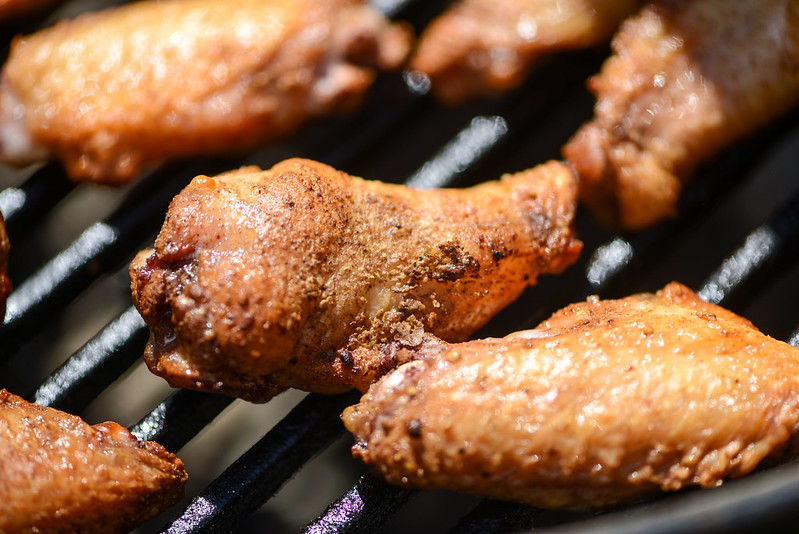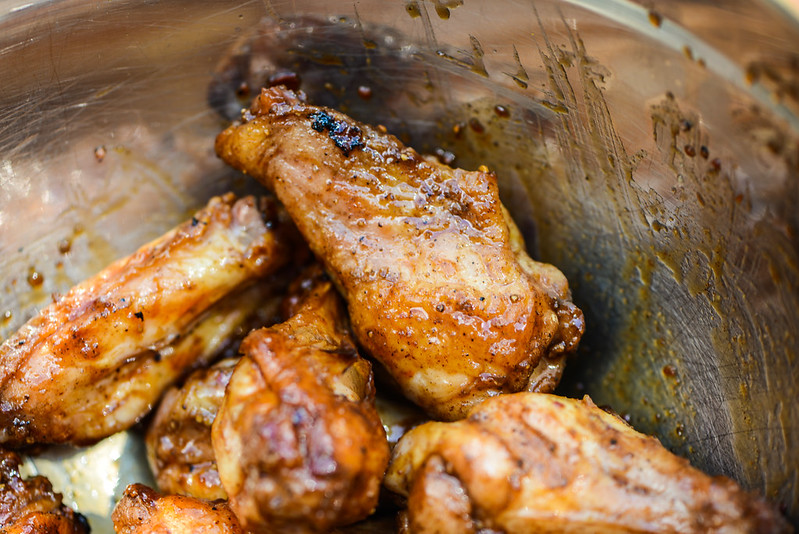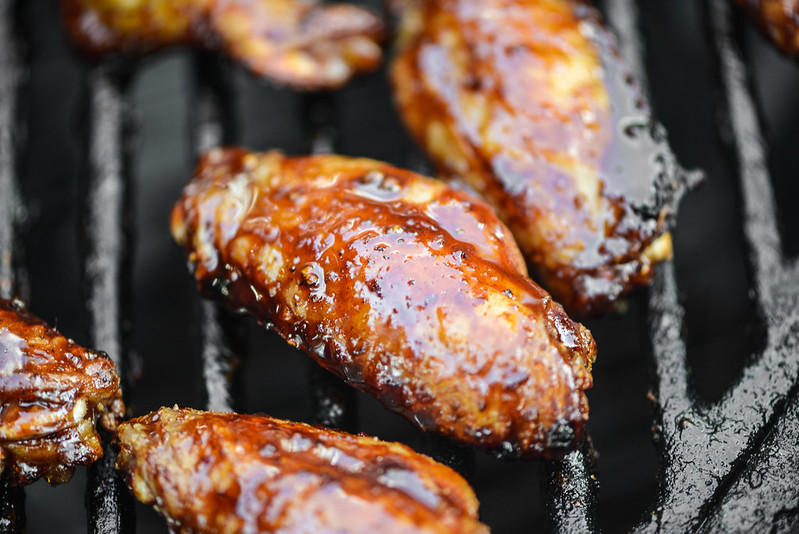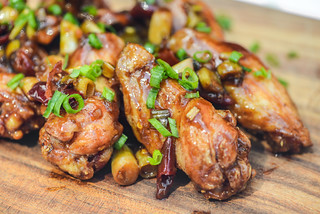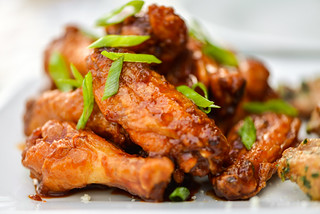Char Siu Chicken Wings
Even if you haven't heard the term "char siu" before, you've likely eaten it. You know those sweet Chinese spare ribs? That's char siu. That red tinged pork in your fried rice? That's char siu. Char siu kind of equates to Chinese barbecue sauce and is used in a number of applications, and I myself have used it to make everything from chicken buns to pork belly to smoked pork butt. One thing I realized I hadn't used char siu sauce for though was wings, and wing month seemed like a good time to finally change that.
I developed my personal char siu recipe years ago and have always been happy with the results, seeing no real need to adjust it over time. I did know that it was missing one more traditional ingredient—red fermented bean curd—but the fact that the recipe tasted right and didn't require a speciality ingredient led me to stick with it as is. This time around I decided to toss that red bean curd into the mix and see how it changed things up.
Otherwise though, I kept the sauce mostly the same. It consisted of hoisin, honey, soy sauce, Chinese rice wine, and five spice powder. I added a few cubes of the bean curd to that and some of the sauce from the bean curd jar to make this giant batch of char siu that I was going to use for three or four different recipes total.
My main concern with making char siu wings though was if I used the sauce as a marinade, as is standard practice, the added moisture would mean the chicken skins wouldn't get crispy. So to get my crunchy skin and char siu too, I decided to start the wings with only a dry rub that was a simple mixture of brown sugar, five spice powder, white pepper, salt, and baking powder—that last ingredient helps with getting textured skins when grilling.
I placed a few pounds of wings in a large bowl and first patted them dry with paper towels. Then I added in the seasoning mixture and tossed until all the wings looked uniformly coated.
Next I transferred the wings to a wire rack set in a baking sheet and placed the whole thing in the fridge to air dry overnight. If you're looking for ideally crunchy skins, this isn't a step you want to skip as the moisture lost in drying really helps the chicken crisp and brown beautifully.
By the time I put the chicken on the grill—situated on the cool side of a two-zone, high heat fire—they looked nice and dry, and also pale. But during the 45 minutes it took to cook the chicken, then ended up like this:
Wonderfully brown and crispy! I actually wasn't expecting this much color on the wings already, but I think the small amount of brown sugar really made a difference and added a lot of color to them during the cook.
Once done, I transferred the wings to a large bowl, poured in the char siu sauce, and tossed to coat.
I then placed the chicken back on the grill, this time directly over the fire, and cooked them until the sauce thickened and became glossy, which only took a minute or so per side.
Next I plated them, added some cilantro for garnish, and then it was time to consume. It's hard to say if it was the absence of marinating or the presence of the red fermented bean curd, but this char siu did have a bit of a different flavor profile than previous efforts. I'm used to a pretty universally pleasing sweet taste that has a great Chinese tilt from the complex hoisin and five spice powder. Those elements were still there, but there was an earthy quality that I personally thought made these taste all the more interesting and unique, but admittedly wasn't as universally accepted as more guests first flocked to the General Tso's wings that were also on the menu, only moving on to the char siu after those were gone. So take that for it's worth, but in my book, these were still some killer wings that offer something completely different than what you're likely normally used to.
